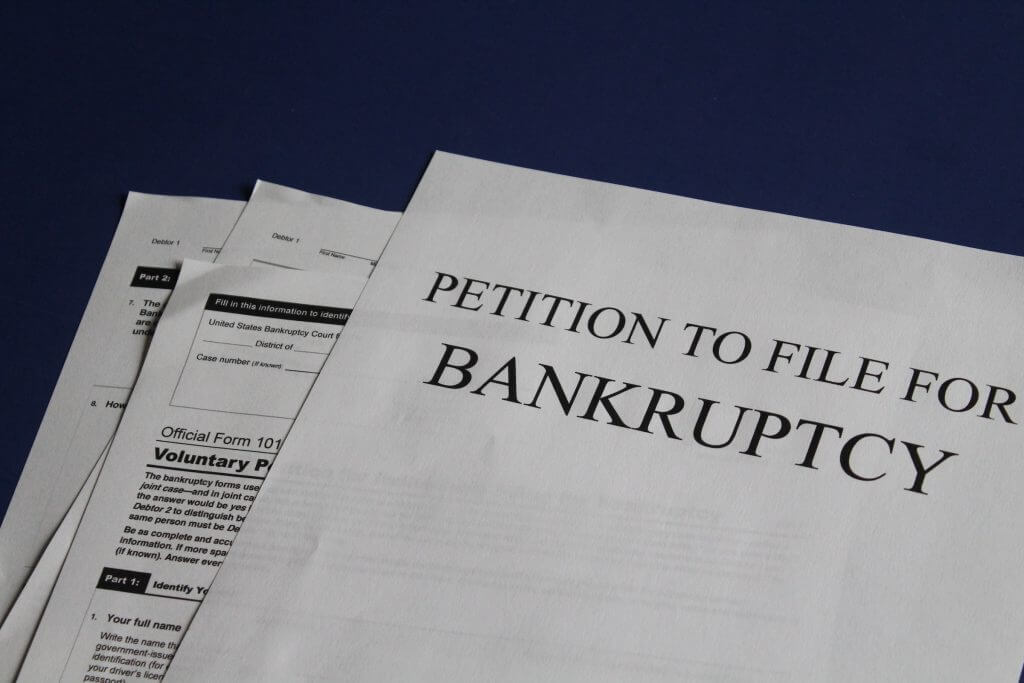
Bankruptcy: Myths and Facts
Filing for bankruptcy is often one of the worst chapters in anybody’s life. While it may seem that declaring you’re bankrupt is embarrassing, there are misconceptions behind the problem to ensure it’s not all bad.
There are many bankruptcy myths and facts floating everywhere. And depending on what and where you hear it from, the consequences of bankruptcy are either one that instantly solves debt problems or the one that will surely lead you to financial ruin.
According to the Australian Financial Security Authority (AFSA), bankruptcy is a legal process where you’re declared unable to pay your debts. It can emancipate you from most debts, provide relief, and allow you to make a fresh start.
You can enter into voluntary bankruptcy, which is usually referred to as a debtor’s petition. It can also be that someone you owe money to, such as a creditor, can make you bankrupt through a court process, which is usually referred to as a creditor’s petition.
If you’re burdened with debt, it can have an impact in areas of your life; your health, your relationships, your work. It can feel stifling. Then you might start thinking about the consequences of bankruptcy. Should you?
We often have preconceived notions about bankruptcy. So to make sure that people make decisions based on facts, let’s learn which is myth and which is fact.
Myth 1: Bankruptcy will ruin your life
There’s no denying that bankruptcy can have an impact on your life, but it won’t automatically ruin it. There are serious repercussions to bankruptcy, which is why filing for it should be considered as a last resort.
In most cases, it can be a turning point. With a proper strategy, such as developing better money habits, it can potentially transform your life. However, you must look for other options first like creating a budget plan. Only then can you know if this is the right strategy for you.
Myth 2: Bankruptcy is a remedy for debt problems
How we wish this is true. But there are no quick remedies when dealing with debt. Bankruptcy usually lasts for three years and a day in itself and it remains on your credit report for another two years. That’s why one should avoid personal insolvency as much as possible.
You can talk to your financial adviser about personal budgeting, savings, and if they could talk to your creditors. And if bankruptcy is the way to go, having a budget and money management are even more important as you’ll venture into three to five years of careful money management.
Myth 3: You won’t be able to borrow money ever again
This is false. Yes, you’ll be listed on the National Personal Insolvency Index, but it doesn’t automatically mean you won’t be able to borrow money ever again.
People think that bankrupted persons are all but blacklisted by lenders from applying for a loan. While inclusion into the NPII may be inevitable, some banks can process loan applications for people with credit blemishes, but under conditions. The lender should be convinced that you’ll be able to pay it off.
You should look at this period as a chance to turn around and become financially responsible. Do this by practicing better money habits, learning proper spending, and achieving your savings goals.
Myth 4: No travel
Some people claim if you are bankrupt, you can never travel anywhere at all. It is still possible provided you have briefed your Trustee on the details of your trip and there are guarantees of your return to continue settlement obligations under the 1966 Bankruptcy Act.
You can still keep your passport, contrary to assumptions that Trustees are notorious for seizing passports of people under bankruptcy in the belief they are flight risks. In processing the details of the trip, the Trustee will ask you about the funding sources for the trip, whether you were able to save for it during the bankruptcy, or someone else has offered to bankroll it.
Myth 5: Bankruptcy equals badge of shame
Bankruptcy is a common occurrence. Knowing this can put things in perspective. There were over 12,000 bankruptcies from 2019 to 2020 in Australia. You didn’t notice that because AFSA didn’t send those with personal insolvencies a sign or a shirt to wear.
Bankruptcies are humiliating depending on one’s point of view, but these don’t go so far as the person being identified publicly. The 1966 Bankruptcy Act has no provisions on letting the Trustee advertise the details in the newspapers. Any details on the bankruptcy are put in the NPII for up to five years into the bankruptcy and will be removed from your credit file two years after you emerge from bankruptcy. The only parties to be privy to the bankruptcy are the person in question, the Trustee, and the creditors — including any banks you might apply for credit.
Generally, it’s up to you who and when you choose to tell. There are instances where you need to disclose that you’re bankrupt. However, those cases are specific to your profession and other factors.
In a related tangent, if you are working in a profession governed by a licencing body, you must discreetly consult the organisation to determine whether a bankruptcy will affect your capability to practise the trade. A review of your current job contract and the associated discussion with your company HR works as well, especially if the contract includes provisions related to “acts that result in bankruptcy,” which may be punishable by termination. As such, any looming bankruptcies must be disclosed to the relevant authorities to help figure out a solution.
Myth 6: Losing everything
Some people think that a bankruptcy means your estate will be stripped bare to pay the debts. The Bankruptcy Act, though, marks out your estate assets under divisible and non-divisible assets.
Divisible assets are assets that a trustee can acquire for the settlement, ranging from material possessions such as collectibles and vehicles, to liquid property such as bank deposits and even lottery winnings. If bank accounts are amongst the assets to be seized in the bankruptcy, the Trustee can leave up to $2,000 in balances to help cover living expenses.
Non-divisible assets are safe from seizure by Trustees. They include super accounts, general household appliances and furniture, vehicles used for transport that are worth up to $8,000, and work tools worth up to $3,800.
Myth 7: Earning over a certain level of income
Some people attest that if you are still working during a bankruptcy, you cannot be paid past a specific level. There’s no limit to any wages you may earn, but under AFSA rules, part of the money must go to settling your arrears and the threshold (for every year under bankruptcy) will even account for the number of dependents in your household.
For example, bankrupt persons with no dependents should allot $64,264.20 after taxes towards paying off the debts. For those with at least four dependents, the threshold is $87,399.31.
Myth 8: Business administration
There’s often a perception that a bankrupt person cannot be allowed to operate a business (possibly due to assumptions about mismanagement) or even be involved in a business’ daily functions.
Current laws, however, allow the person to run a business as sole trader or in an ABN-registered partnership established during the bankruptcy under their name. They will be barred from working as directors in any ASIC-listed company. Any shareholdings you have in any company prior to the bankruptcy will be converted as estate assets to be seized.
Involvement in an SMSF while under bankruptcy is also out of the question. Property owners whose assets are within an SMSF may go for a Small Apra Fund during the bankruptcy period, with a licensed Trustee managing the effort.
Myth 9: I’m a failure
Some people think that undergoing a bankruptcy means they have been a failure in so many ways. On the bright side, though, filing for bankruptcy allows a person to find ways to stave off litigation by creditors while figuring out some options to gradually repay all debts. There are schools of thought which claim that undergoing bankruptcy and working to get out of it works toward fixing the depression that comes with the situation.
Bankruptcy doesn’t mean the end of everything. There’s always a way to get you out of that rut.
If you liked our “Bankruptcy: Myths and Facts” and find it useful, check our blogs regularly for more information on how to get out of debt and get updates on the best money app in Australia.




